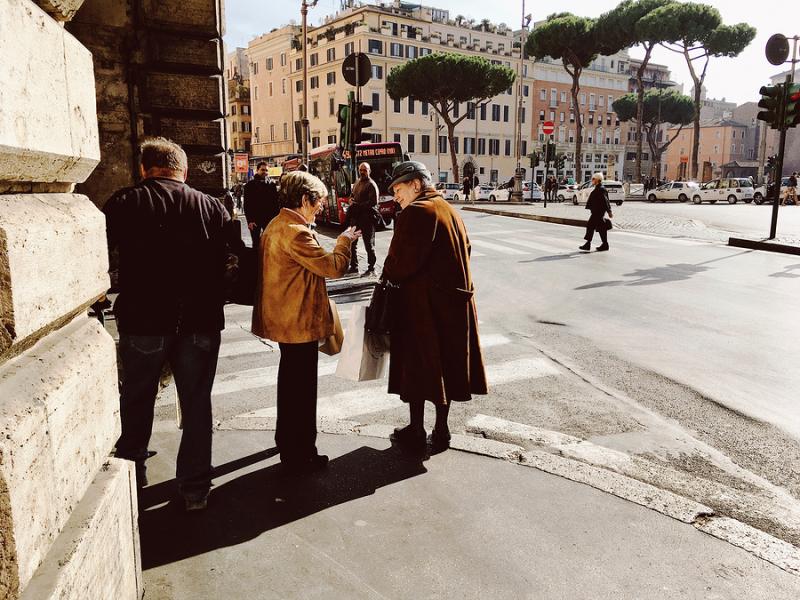The verb ‘stare’ is a very common Italian verb. It’s also an irregular verb, so it’s useful to understand how it works and which contexts to use it in. It can be used to talk about where someone or something is, how they are, what they are doing and what they are about to do, as well as being used in commands. English speakers often get ‘essere’ and ‘stare’ mixed up as they can both mean ‘to be’ so I hope this lesson will help make this clearer when to use ‘stare’.
You will most likely be familiar with the use of ‘stare’ in the question ‘how are you’. Here are some dialogues using the verb:
Come stai? – How are you?
Sto bene, e tu? – I’m well, and you?
Non sto male, grazie – I’m not bad, thanks
Come sta tua sorella? – How is your sister?
Era raffreddata ma adesso sta meglio – She had a cold but now she is better
It can also be used to describe how someone looks or whether their clothes suit them, for example:
Questa sciarpa ti sta molto bene – This scarf really suits you
Grazie! Come sto con queste scarpe? – Thanks! How do I look in these shoes?
Stai proprio bene – You look really good
You can see the present tense of the verb, which is irregular, here:
Io sto
Tu stai
Lui / lei sta
Noi stiamo
Voi state
Loro stanno
The verb ‘stare’ can be used to express location, and in this case is equivalent ‘to be’ or ‘to be situated in’ in English.
Il giornale sta in cucina – The book is in the kitchen
I miei amici stanno a Livorno – My friends are in Livorno
‘Stare’ can be used to talk about what you are doing right in this moment, also known as the gerund or the continuous tense:
Che stai facendo in questo momento? – What are you doing at the moment?
Sto studiando – I am studying
Che cosa stavi leggendo quando ti ho chiamato? – What were you reading when I called you?
Non stavo leggendo, stavo guardando la television – I wasn’t reading, I was watching the television
Dove state andando? – Where are you going?
Stiamo andando in discoteca – We are going to the club
You can use ‘stare’ to talk about what you are about to do, or something that is about to happen in the immediate future, for example ‘the train is about to arrive’ or ‘I am about to go out’. To say this in Italian, you use the right form of ‘stare’ + per + infinitive, for example:
Il treno sta per arrivare – The train is about to arrive
Sto per uscire – I am about to go out
Stavamo per cominciare la lezione quando è arrivata Maddalena – We were about to start the lesson when Maddalena arrived
Stavi per cadere – You were about to fall over
Italians often use ‘stare’ in commands, such as:
Stai attento! – Be careful!
Stai zitto! – Be quiet!
Stai tranquillo! – Be calm / don’t worry!
Stai qui !– Stay here!
It can be difficult to know whether to use ‘stare’ or ‘essere’ in certain situations, but I hope this lesson has helped. It is worth noting that there are some contexts where both ‘stare’ and ‘essere’ can be used, often in relation to location, or when the verb means ‘to stay’ or ‘to remain’. The differences in usage are often regional preferences. Here are some examples:
La terrazza sta / è al sesto piano – The terrace is on the sixth floor
Dove stai? / Dove sei? – Where are you?
Sto / sono a Roma – I’m in Rome
Che fai oggi? – What are you doing today?
Oggi sto / sono a casa, e tu? – Today I’m at home, what about you?
Oggi sto / sono a lavoro tutto il giorno – Today I’m at work all day













